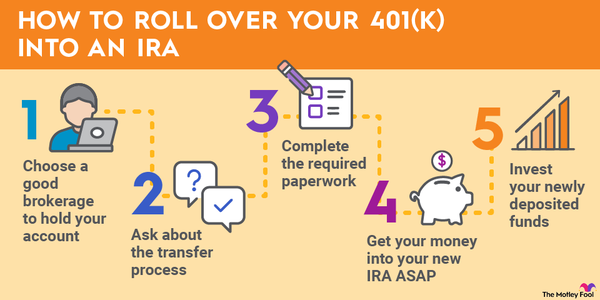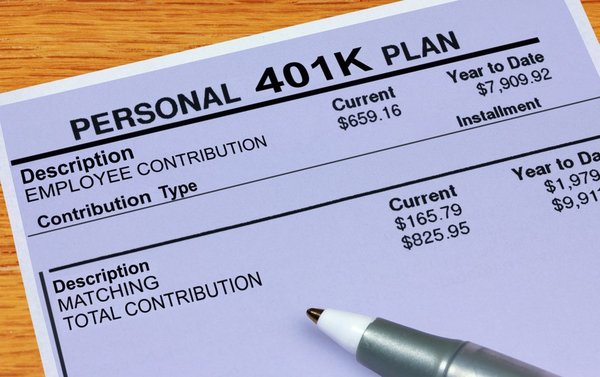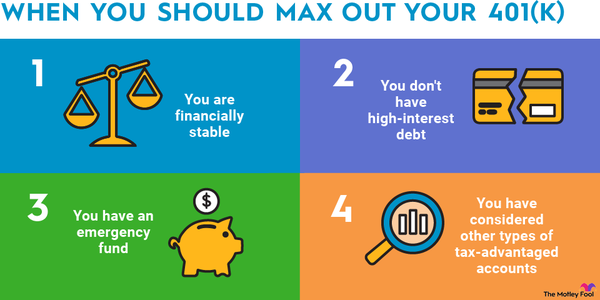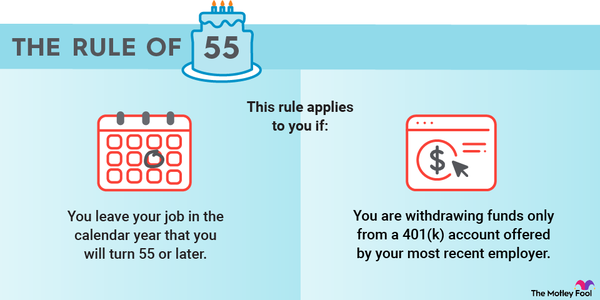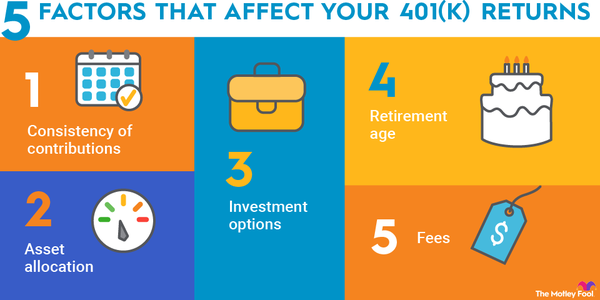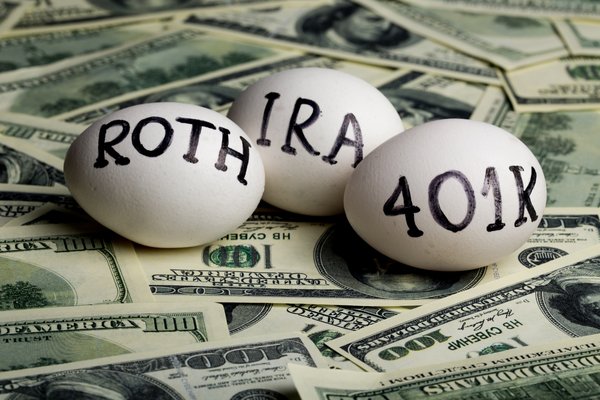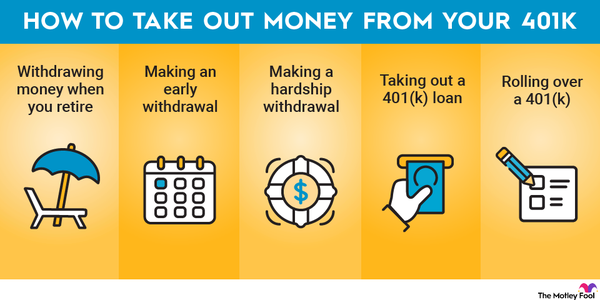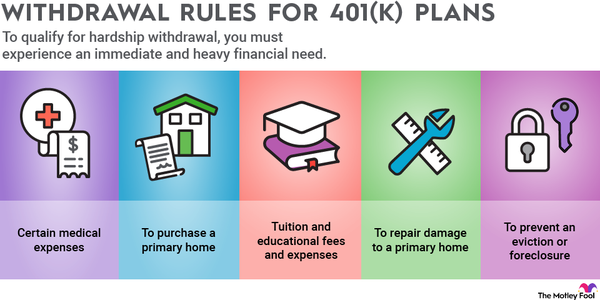A 401(k) is a tax-advantaged retirement account, so the government sets limits on how much you can contribute every year. But it also understands that inflation makes retirement more expensive over time, so it reevaluates its limits every year and sometimes raises them. Here's an overview of all of the contribution limits the government imposes on 401(k)s in 2023 and 2024.

401(k) contribution limits for 2023 and 2024
When most people think of 401(k) contribution limits, they are thinking of the elective deferral limit, which is $23,000 for 2024 ($22,500 in 2023). This is the maximum amount you are allowed to voluntarily defer to your 401(k) for the year.
Adults 50 and older are also allowed $7,500 in catch-up contributions, which are additional elective deferrals, in both 2023 and 2024. This brings the maximum amount they can contribute to their 401(k)s to $30,500 in 2024 ($30,000 in 2023).
The IRS also imposes a limit on all 401(k) contributions made during the year. These limits increase to $69,000 and $76,500, respectively, in 2024. In 2023, the limits were $66,000, or $73,500 for people 50 and older. This includes all your personal contributions and any money your employer contributes to your 401(k) on your behalf.
Highly paid employees have some additional limitations to keep in mind. Companies can elect to stop a participant's salary deferrals once that person has earned $330,000 in 2023, or $345,000 in 2024, and companies use only that first amount to calculate employer matching contributions.
For example, say your company matches up to 5% of your salary and you earn $400,000 in 2024. Five percent of $400,000 is $20,000; however, your company can only match you up to 5% of $345,000, the maximum employee compensation limit for 2024. So rather than up to $20,000, you'd get up to $17,250 (5% of $345,000) as an employer match.
You may face additional limitations if you're a highly compensated employee (HCE) or a key employee. These are employees who meet at least one of the following criteria: own 5% or more of their company; earn more than $150,000 in 2023, or $155,000 in 2024; or, if the company elects, they rank in the top 20% of employees for compensation.
Here's a useful reference chart to help you remember these important limits and thresholds:
| Type of Contribution | 2024 Tax Year | 2023 Tax Year |
|---|---|---|
| Elective deferrals | $23,000 | $22,500 |
| Catch-up contribution | $7,500 | $7,500 |
| Maximum elective contribution limit | $30,500 | $30,000 |
| Maximum contribution limit (younger than 50) | $69,000 | $66,000 |
| Maximum contribution limit (50 and older) | $76,500 | $73,500 |
| Employee compensation limit for calculating contributions | $345,000 | $330,000 |
Employer contribution limits
Some employers match a portion of their employees' 401(k) contributions as an additional incentive. These contributions do not count against your elective deferral limit, but they do count against your maximum annual contribution limit. So if you're under 50 and you contribute the maximum $23,000 to your 401(k) in 2024, your employer is able to contribute a maximum of $46,000 on your behalf.
Matching contributions are the most common type of employer contribution. This means your employer contributes a percentage of your income based on how much you've contributed yourself. For example, it might match $0.50 on the dollar up to 6% of your income, or it might give you a dollar-for-dollar match up to 3% of your income. Every plan has its own rules and restrictions, so you must talk with your employer to learn about how its matching system works.
Companies can also make nonelective contributions, whereby they add funds to employees' 401(k)s regardless of whether the employee contributes money themselves. These are less common, but some companies offer them instead of or in addition to matching contributions. Nonelective contributions also count against your maximum annual contribution limit.
Limits for highly compensated employees (HCEs)
All 401(k)s are subject to annual nondiscrimination tests to ensure the plans don't provide unfair advantages to highly compensated employees (HCEs) and key employees that lower-earning employees don't get. These tests ensure HCEs aren't contributing substantially more of their earnings or receiving more in employer contributions compared to non-HCEs. They also place limitations on how much of a 401(k) plan's assets can be in the hands of HCEs. Failing a nondiscrimination test could result in the 401(k) plan losing its tax benefits, so companies want to avoid this at all costs.
Companies that fail can remedy the situation in a few ways. First, they can provide additional nonelective contributions to lower-earning employees to bring the plan into compliance, or they can place additional limits on HCE contributions, refunding them in some cases if employees have already contributed too much for the year. They can also do a combination of the two.
Related retirement topics
If a company has to limit HCE contributions, they may not be able to contribute the full sums listed in the table above. Their maximum contribution limits depend in part on how much lower-earning employees are contributing to their 401(k)s. HCEs should talk to their company's HR department to learn about how much they're eligible to contribute annually.
It sounds like a lot to keep track of, but for most people, the only limit to worry about is the elective deferral limit for the year. If you have any questions about how your plan works or you're worried about exceeding the contribution limits in the table above, reach out to your company's HR department for more information.











